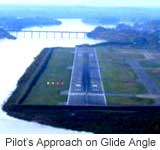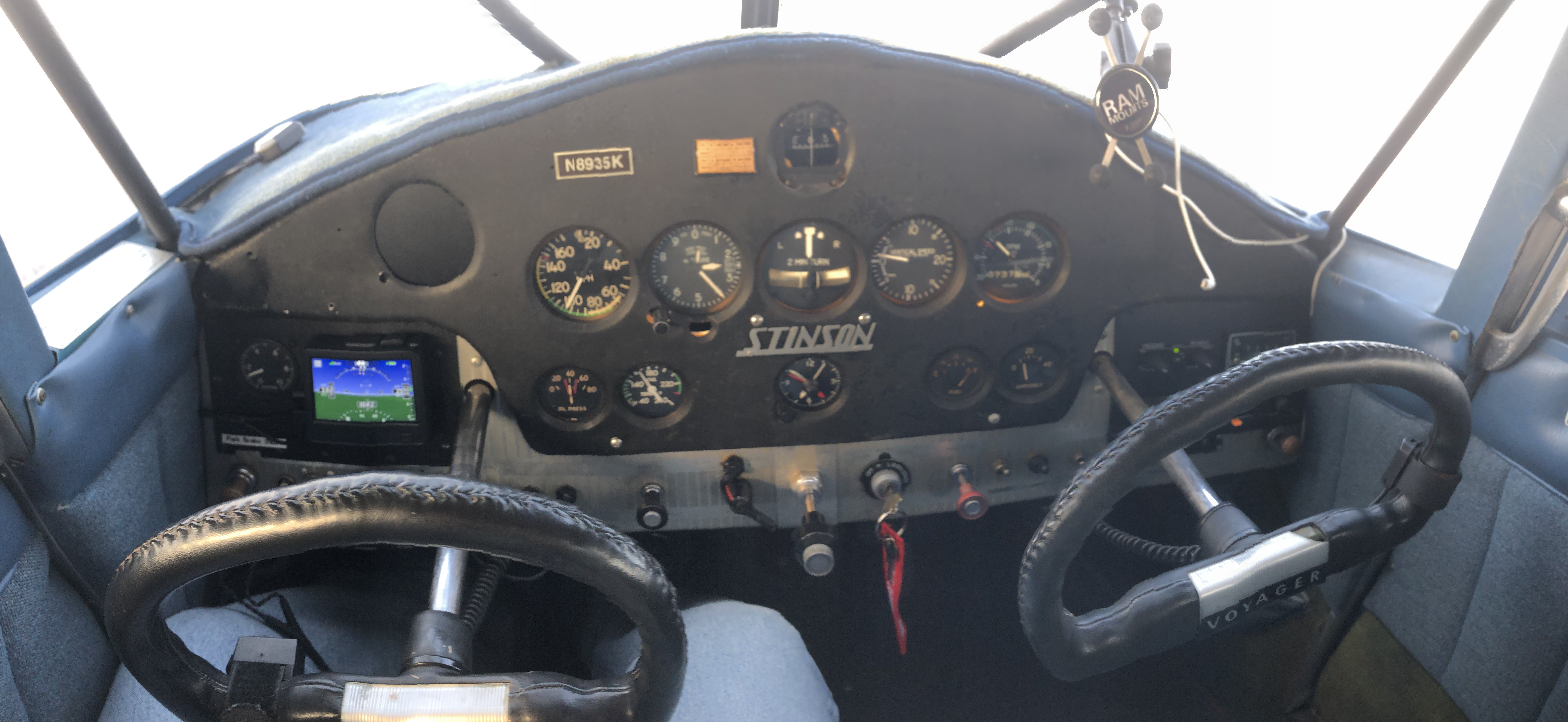Every major holiday weekend in the summer, starting with Memorial Day, including the Fourth of July, and ending with Labor Day weekends results in higher than normal General Aviation accident rates.
It happens every year. Without fault.
Folks I know in the FAA and the NTSB get put on call for the inevitable weekend warrior pushed it too far into IMC, or strong crosswinds, in a plane they haven’t flown in months, or even years, because they “just had to get to the cottage,” or “Uncle Jimmy’s fireworks extravaganza,” or whatever excuse and major pressure they felt to fly.
Wanting to “get there” should never be a pressure to make us fly when we aren’t proficient, haven’t flow regularly, or are going to need to push our aircraft or weather allowances to limits that are of greater risk. But it happens regularly.
None of us want to hurt ourselves, our friends, or our family. So we have to think critically before we head off on our holiday weekend plans in our aircraft.
If you are in any doubt at all, mitigate the risks. Get some currency training before the weekend. Adjust your flight plans to avoid weather, crosswinds, or airports that demand greater skills such as short grass runways.
Another option, and one that won’t kill you, is to just not fly if the conditions or your recent experience make it questionable whether you should. It’s ok to say no. Pride aside, dead is always worse than making the decision to drive, or just not go. This may sound blunt or crass, but it sadly happens every year around the country.
So, with this season’s first major holiday weekend approaching quickly, make yourself a promise not to be the pilot that the FAA or NTSB folks on call need to come out to interview, or worse, send off to the coroner.

 Imagine its an IFR day, not terrible down to the minimums IFR, but certainly IFR enough that you need to establish on the approach, transition beyond the final approach fix, and expect to break out somewhere along the approach to a visual landing.
Imagine its an IFR day, not terrible down to the minimums IFR, but certainly IFR enough that you need to establish on the approach, transition beyond the final approach fix, and expect to break out somewhere along the approach to a visual landing.